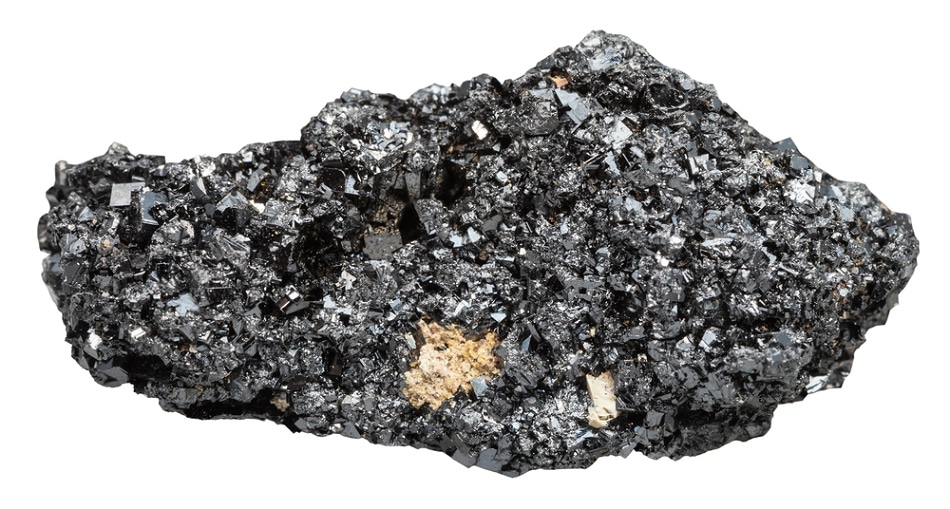Feb 8 2017
 vvoe/Shutterstock.com
vvoe/Shutterstock.com
Energy in many forms surrounds us – from sunlight to the heat produced by our movements. All that energy is usually wasted, but it could potentially help in powering wearable and portable devices ranging from smart watches to biometric sensors.
Recently, a team of researchers at the University of Oulu in Finland have discovered that a mineral with the structure of the perovskite crystal has the exact properties to extract energy from many sources simultaneously.
Perovskites are a family of minerals, many of which have displayed potential for harvesting one or two types of energy at a time - but not simultaneously.
One family member may be ideal for solar cells, with the precise properties required for successfully converting solar energy into electricity.Another family member could be adept at extracting energy from alterations in pressure and temperature, which can occur due to motion, making them piezoelectric and pyroelectric materials, respectively.
But sometimes just one type of energy is not sufficient. A given form of energy is not constantly available, maybe it is cloudy or one is in a meeting and cannot get up to move about. Other researchers have built devices that can harness many forms of energy, but they need numerous materials, adding bulk to a device that was meant to be small and portable.
In this week’s issue of Applied Physics Letters, from AIP Publishing, Yang Bai and his colleagues at the University of Oulu describe their work on a particular type of perovskite known as KBNNO, which may have the potential to harness several forms of energy.
Similar to all perovskites, KBNNO is a ferroelectric material, composed of miniature electric dipoles akin to miniature compass needles in a magnet.
When ferroelectric materials like KBNNO experience changes in temperature, their dipoles misalign, triggering an electric current. Electric charge also builds up in relation to the direction the dipoles point. Deforming the material results in certain regions attracting or repelling charges, producing current.
In the past, researchers have explored KBNNO's general ferroelectric and photovoltaic properties, but this was done at temperatures a few hundred degrees below freezing, and they did not focus on properties related to pressure or temperature. Bai said the latest study was the first time anyone had assessed all of these properties at once above room temperature.
The experiments revealed that while KBNNO is realistically good at producing electricity from pressure and heat, it is not as good as other perovskites. However it is a highly promising find as the researchers can alter the composition of KBNNO to enhance its piezoelectric and pyroelectric properties.
"It is possible that all these properties can be tuned to a maximum point," said Bai, who, with his colleagues, is already investigating such an enhanced material by creating KBNNO with sodium.
By next year, Bai hopes to construct a prototype multi-energy-harvesting device. The fabrication process is uncomplicated; therefore commercialization will happen shortly after researchers detect the best material.
This will push the development of the Internet of Things and smart cities, where power-consuming sensors and devices can be energy sustainable.
Yang Bai, University of Oulu
This sort of material would likely supplement the batteries on everyday gadgets, enhancing energy efficiency and decreasing how frequently the gadgets need to recharge. Bai anticipates a day when people may not have to plug in their gadgets anymore because of multi-energy harvesting. It is also possible that batteries for small devices may become obsolete.